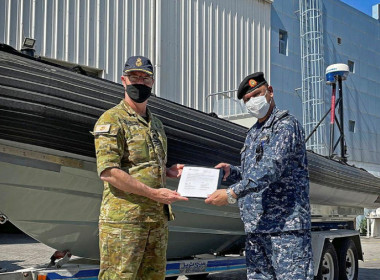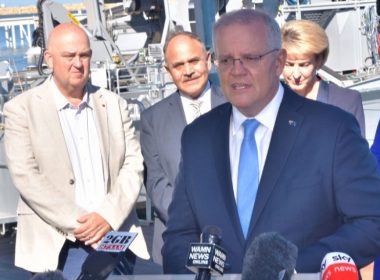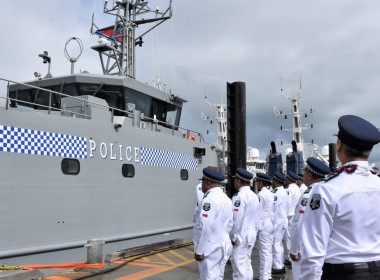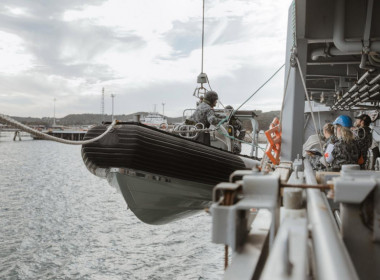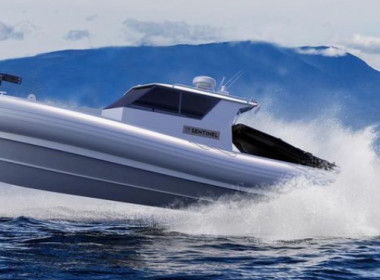OPINION | The Australian Defence Force will need fast minelayers for its new “smart” mines
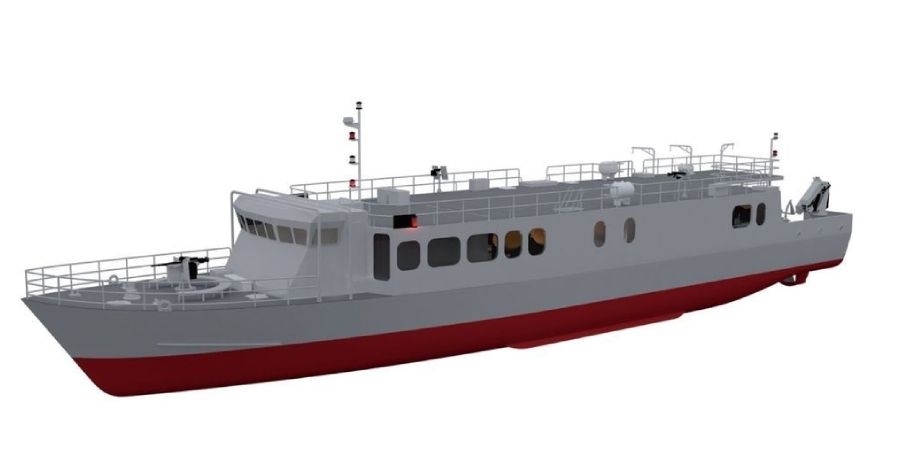
Australia has made the long-overdue decision to arm its military with sophisticated sea mines. The surface combatant review now underway needs to consider the acquisition of at least two fast minelayers able to lay protective minefields around Australian ports in a crisis.
Sea mines provide the capacity to protect strategic harbours and sea lines of communication, which is a fundamental component of Australia’s maritime strategy. To date, we have lacked the means to properly execute that requirement.
It is understood that the government will shortly formally announce the acquisition of modern “smart” mines at an estimated cost of $600 million to $1 billion. The Defence procurement team put together to deliver this vital capability to the Australian Defence Force (ADF) has done so in near record time and should be applauded.
The weapon selected is expected to be a multi-influence ground mine (also known as a bottom mine). Generally, this class of mine is around two metres long and weighs 900 to 1,000 kilograms. The explosives charge is normally around 600 kilograms, which enables the mine to be laid in depths down to 300 metres for anti-submarine effects and around 150 metres for surface ships. The sensing systems are singularly, or a combination of, magnetic, acoustic, seismic, pressure and, more recently, UEP/ELFE (underwater electric potential and extra-low-frequency emissions) sensors able to detect the small electric currents emanating from a ship’s hull and shaft. Once laid, some of these mines can be controlled by water acoustic commands and they can remain in the water for up to 12 months.
“Defence planners must dispel any misguided belief that a modest procurement of sea mines will suffice or that the mere ability to lay some mines would be an enduring and effective deterrent.”
Australia has some 10 priority ports and another seven significant ports that together account for 99 per cent of its international trade. Its vulnerability to blockade is of course significant. A quick assessment of the approaches to these ports and the straits leading to them, and the corresponding assessment of what would constitute an effective protective minefield against adversary naval units, indicates that at least 1,000 to 2,000 weapons would be required in a first-tranche procurement. An order of 10 times that would be needed for the ADF to mount a formidable defence of ports and sea lines in times of tension or conflict.
As an example, more than 10,000 mines were laid off the Queensland coast and into Papua New Guinean waters during World War II to control access to just one section of the eastern coast. They were, in the main, buoyant contact mines with a limited radius of action, so large numbers were required to form an effective defence. Notwithstanding the greater effectiveness of the modern mines now being procured, establishing protective minefields around our ports and in their approaches would be a substantial undertaking.
Defence planners must dispel any misguided belief that a modest procurement of sea mines will suffice or that the mere ability to lay some mines would be an enduring and effective deterrent. Potential belligerents in the region are well versed in mine warfare and understand the probabilistic nature of the minefield threat. The minefield — potential numbers, location, depth of water, sensors, charge weights and so on — and not the mine provides the threat, along with the observed acumen and knowledge of the minelayer’s capabilities and limitations. We can’t bluff. We must be able to back any potential minelaying acumen with well-trained personnel and assets.
The sea mines the ADF will shortly take possession of will be able to be laid by surface or subsurface vessels or from the air. In the short term, these could be military and commercial vessels “taken up from trade”, Collins-class submarines fitted with external mine racks, and military aircraft. The new Arafura-class offshore patrol vessel could be a candidate for use as a minelayer, although this platform may not survive the surface combatant review and is too slow for the role.
“The vessel need not be an overly expensive acquisition, and nor should it require a tortured 10-year acquisition process.”
Aircraft and submarines are generally utilised in offensive minelaying operations. But surface minelayers are used to lay protective minefields in home waters and approaches to ports to achieve speed and the high accuracy required to protect friendly merchant shipping and naval forces. The reality is that “platforms of opportunity” are unlikely to be available when minelaying is required at very short notice. Few shortcuts are available to the ADF.
For world navies that are practised and capable at mining operations, fast minelayers are crucial.
So, what does the future minelayer for Australia look like?
It need not be an overly expensive acquisition, and nor should it require a tortured 10-year acquisition process. A quick review of the fast catamaran Jervis Bay, which was used effectively during the 1999 Timor operation, is a good place to start. A capacity to carry 200 to 250 mines in a highly automated, 40-knot minelayer is the ballpark requirement. Automation will allow minimum crewing. The vessels could be intermittently crewed for minelaying exercise and drills, but they would also be very useful for a range of support tasks.
Mines will be programmed at the depot, loaded at the most appropriate port and armed. Precise positioning of the minelayer and the release of each mine can be a near-autonomous operation. The utility of such ships would allow extensive protective and defensive minefields to be laid quickly and efficiently. The high-speed nature of the vessel will allow for rapid relocation and mine loading.
Having made the correct decision to acquire sea mines, the ADF now needs to become proficient in their use. It also must be able to lay enough mines quickly with dedicated minelayers.


